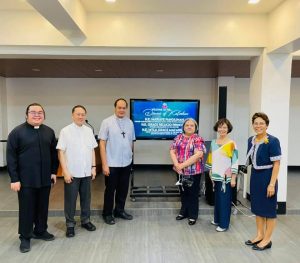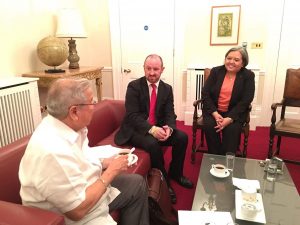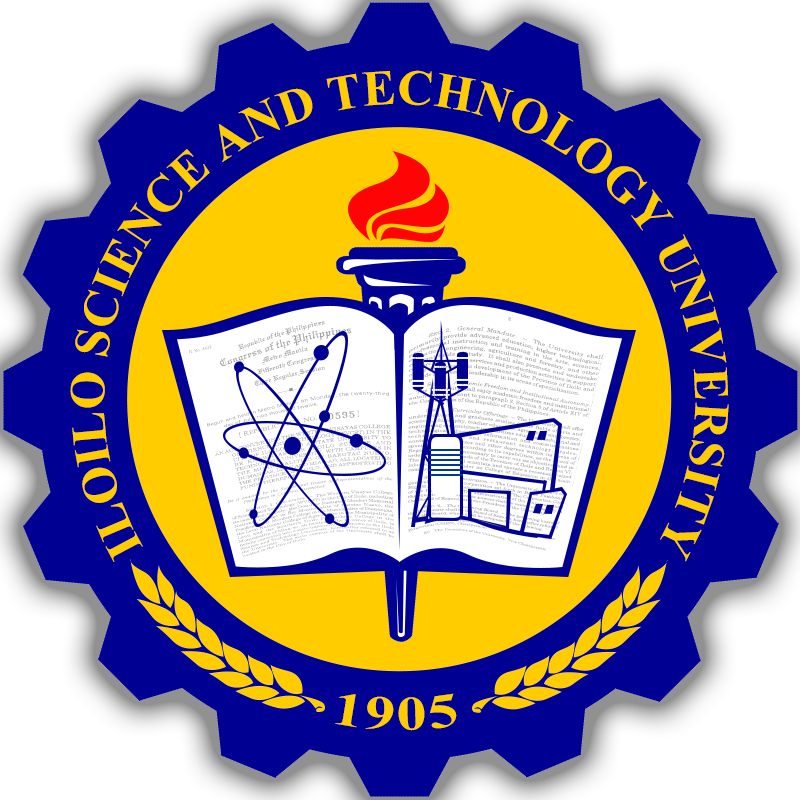Though an empty lobby and classroom is a poignant reminder of the pandemic, they also serve as a faithful scene to be creative, to keep on innovating.
ISAT U fully understands the complexity of the situation.
The easy way is just to stop and wait. The other way is to try and innovate for the sake of education and learning. We chose the latter.
 ISAT U conducted a preliminary survey to determine and assess the connectivity issues of students and teachers in the system. The results and recommendations paved the way for the purchase of electronic tablets and WIFI modem for students, connectivity subsidy for teachers, and minor adjustments to some policies allowing for maximum leniency in students’ performance and grades.
ISAT U conducted a preliminary survey to determine and assess the connectivity issues of students and teachers in the system. The results and recommendations paved the way for the purchase of electronic tablets and WIFI modem for students, connectivity subsidy for teachers, and minor adjustments to some policies allowing for maximum leniency in students’ performance and grades.
This also led to the creation of our own Virtual Learning Environment (VLE) as part of the approved learning continuity plan of the University. This investment is for the long haul. It is designed to bridge learning while face to face (F2F) is not allowed and augment the teacher – learner experience when the pandemic is gone.
Flexible learning is not only online classes. It is a combination of other modalities that best suit the context of the student. The University also ventured into delivering hard copies of modules to students coming from different localities who opted to use them. That way, their learning and hopes to finish college on time is not sacrificed. Flexible learning gave them options. And these options do not include waiting for another academic year when there is no end in sight for Covid 19 just yet.
The University continues to work with all stakeholders to ensure that everyone, most especially the students, get the best out of this very challenging situation. “Flexible learning needs a lot of getting used to, but it surely is the better option compared to being exposed to the virus or waiting for another year to graduate,” remarked by Reniel, a working student and a BSIT junior. “I am beyond happy and blessed because of this opportunity given to me by the University and of course, I commit to take care and value this because it is clear to me that this is not mine,” shared Khey, a first-year Community Development student in reference to the electronic tablets distributed by the University as a support to the students.

These stories are perhaps all too familiar now. The pandemic is still here. And while we are one in praying that this will not be for long, we would like to make this as our story of determination and triumph – the ISAT U way.
Hence, we would like to reiterate the full support of ISAT University to the Commission on Higher Education (CHED) under the leadership of Chairperson J. Prospero “Popoy” De Vera lll on flexible learning and the way forward for higher education institutions.
 Myla Grace Ragenia Macahilig, a 1979 alumna of Iloilo School of Arts and Trades Elementary Department (now ISATU) was appointed by the bicameral Commission on Appointments as the new Ambassador Extraordinary and Plenipotentiary to the Holy See with concurrent jurisdiction over the Sovereign Order of Malta, with the rank and emoluments of a Chief of Mission, Class II on June 4, 2021.
Myla Grace Ragenia Macahilig, a 1979 alumna of Iloilo School of Arts and Trades Elementary Department (now ISATU) was appointed by the bicameral Commission on Appointments as the new Ambassador Extraordinary and Plenipotentiary to the Holy See with concurrent jurisdiction over the Sovereign Order of Malta, with the rank and emoluments of a Chief of Mission, Class II on June 4, 2021.

 ISAT U conducted a preliminary survey to determine and assess the connectivity issues of students and teachers in the system. The results and recommendations paved the way for the purchase of electronic tablets and WIFI modem for students, connectivity subsidy for teachers, and minor adjustments to some policies allowing for maximum leniency in students’ performance and grades.
ISAT U conducted a preliminary survey to determine and assess the connectivity issues of students and teachers in the system. The results and recommendations paved the way for the purchase of electronic tablets and WIFI modem for students, connectivity subsidy for teachers, and minor adjustments to some policies allowing for maximum leniency in students’ performance and grades.